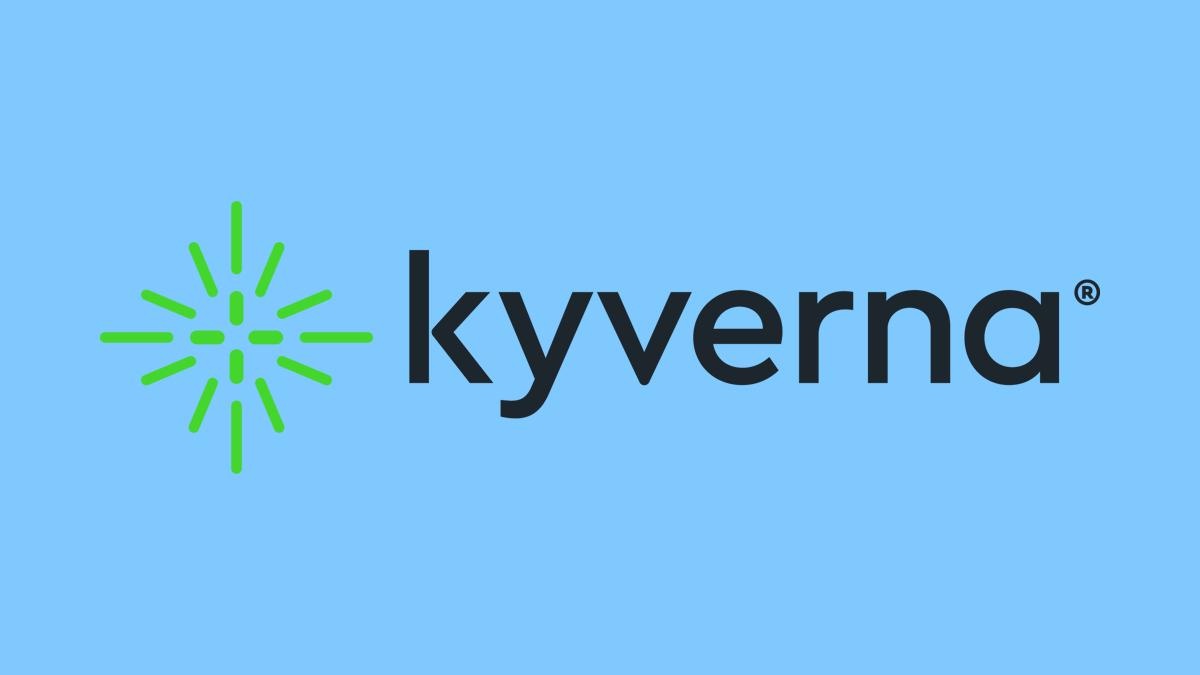Why blockchain is big pharma’s big focus

To address the supply chain vulnerabilities of the pharma industry, an innovative, collaborative blockchain-based system could help to keep track of drugs in transit and ensure they are stored in the correct conditions. The pace of technological advancement and focus in this area suggests that such a solution could be coming soon.
While most supply chains were impacted by the Covid-19 pandemic, the demands it placed on pharmaceutical and medical supply chains were immense and underlined the importance of transparency and security. Facing considerable demand-side pressure, it was more important than ever that organisations receiving vital medical supplies or vaccines could be sure of where they had been made, their batch number, that they hadn’t been tampered with and, where necessary, that they had been stored under the correct conditions.
For blockchain experts, the brief was clear – what the industry needed was an ultra-secure distributed ledger-based system that would enhance trust; giving each party along the chain total confidence that the goods they were receiving were exactly what they said on the tin. It is often said that blockchains enable trust in a trustless environment and during the pandemic, when rogue suppliers were rife, the pursuit of supply chain integrity became increasingly important.
While they are designed to provide a permanent record of transactions and data, blockchains can be set up to give certain parties rights to append information. In other cases, individual parties can be given rights to see certain information only. Where drugs or treatments have to be stored within a temperature range defined by the manufacturer, this can be monitored using sensors and the data made available to all participants.
Despite a high level of interest in blockchain development for the pharma industry, there are still challenges to overcome. For example, what would happen if a new player – such as a manufacturer - entered the market and wanted to join a blockchain? If the blockchain had not been built with this permutation in mind, with no standards over protocols allowing the new entrant to slot in, they may have to engage with drug companies on a one-to-one basis. This could mean signing up to multiple blockchains, all with different sets of protocols and functionality. To address the issue of interoperability, it is likely standards will be required at some stage.
Using blockchain permissioning, some participants may be allowed to see only basic information, such as the date and nature of the transaction, whilst other participants may be able to access the finer details. For example, component manufacturers may not want to make the details of manufacture available to all participants if they are only relevant to the end user. In such scenarios, having different levels of access to information stored in the blockchain might be very valuable.
If a generally reliable supply chain is already in place, but there are concerns about a particular part of the supply chain, a blockchain covering that part of the supply chain could be set up to provide additional reassurance of the reliability of records. This might be particularly important if transactions or touchpoints are taking place in areas of the world where counterfeits abound or where the integrity of the supply chain is compromised due to a lack of record keeping.
A number of pilot projects are underway to speed the way to a blockchain solution for the pharma industry. The Mediledger pilot project, which has participants from 25 leading pharmaceutical companies, has been evaluating blockchain technologies for tracking legal changes of ownership of pharmaceuticals in the supply chain, in accordance with the 2023 requirements of the Drug Supply Chain Security Act (DSCSA). In Europe, Pharmaledger is a project sponsored by the Innovative Medicines Initiative (IMI) and the European Federation of Pharmaceutical Industries and Associations (EFPIA). It began in January 2020 and aims to deliver an open source, blockchain-based platform for the healthcare sector.
From an intellectual property perspective much blockchain development is likely to remain open source for now. However, in an industry where widespread standards are yet to be agreed, it could be a costly mistake not to seek patent protection for innovations that could become licensable in the future. In a field of R&D that is still evolving, it is also important to ensure that patent applications are worded in such a way that they could translate to other industry sectors.
New blockchain platforms for the pharma industry are on the way. They are likely to be built with future interoperability in mind and standards are likely to follow. Positive changes are coming, and UK-based developers have an opportunity to secure a stake in an interoperable blockchain future.
About the author
 Phil Horler is a partner and blockchain specialist at European intellectual property firm, Withers & Rogers.
Phil Horler is a partner and blockchain specialist at European intellectual property firm, Withers & Rogers.











